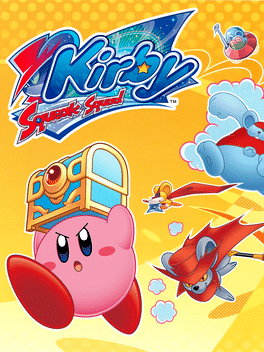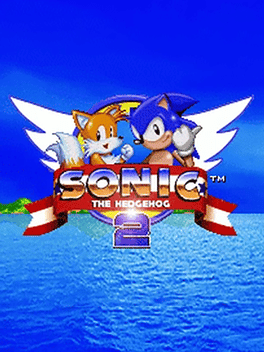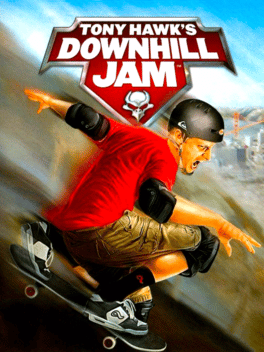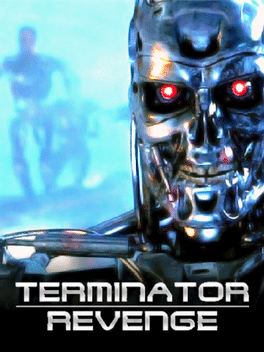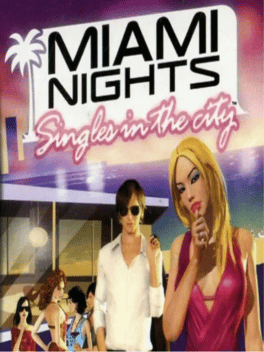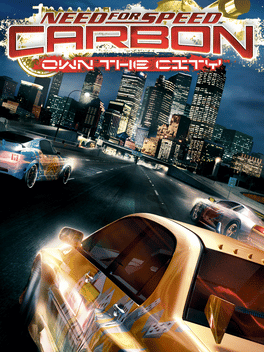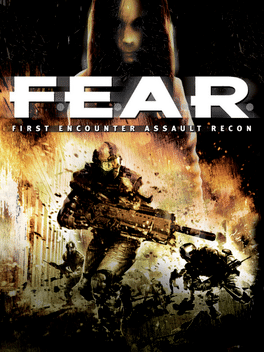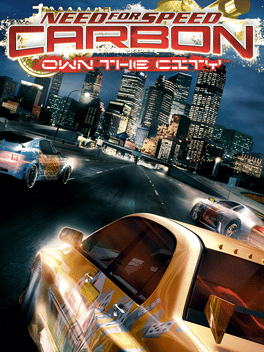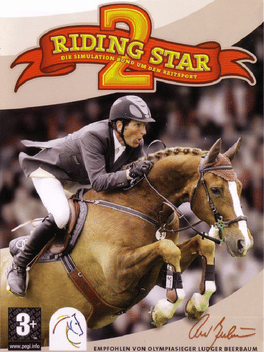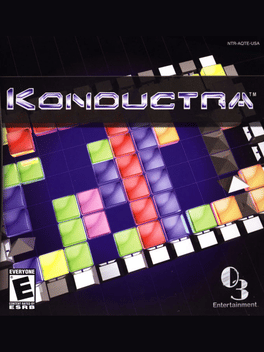New Games - Page 10219
-
Horsez
2006
Horsez
2006
In Horsez, you join a new academy where you need to train your horse to make him into a champion. You get to take care of an adorable foal. -
Dave Mirra BMX Challenge
2006
star 4Dave Mirra is to BMX what Edison was to electricity. What the Wright Brothers were to flight. Like them, he rewrote the rules of what's possible. On the ground or above it, the Miracle Boy has redefined the boundaries of the sport and then promptly surpassed them. Now, the legend of the winningnest X Games competitor of all time is on the PSP system, letting you defy gravity wherever you go. With ad hoc wireless play for 1-4 players, you can challenge your friends to racing and freestyle competition and see who's got what it takes to ride with the greatest. 17 levels across 9 different environments. Customizable player characters, with tricked out clothes and gear. 10 Bikes to choose from and customize as you win. -
Kirby: Squeak Squad
2006
Kirby: Squeak Squad
2006
star 7.1"Kirby: Squeak Squad", known in Europe as "Kirby: Mouse Attack" and in Japan as "Kirby of the Stars: Calling on the Dorotche Gang", is a 2006-07 platforming video game developed by HAL Laboratory, Flagship and Natsume, and published by Nintendo for the Nintendo DS handheld video game console. Unlike the previous Nintendo DS title, Kirby: Canvas Curse, Squeak Squad is a traditional platformer which uses the face buttons instead of the touch screen to control Kirby. -
Delicious Winter Edition
2006
Christmas themed version of the original Delicious game. The game is the same, serve all customers within the time limit, but with a winter theme. -
Sonic the Hedgehog 2
2006
-
Days of Memories: Kare to Watashi no Atsui Natsu
2006
An otome game featuring the guys from King of Fighters. -
Momotaro Dentetsu Chubu
2006
Momotaro Dentetsu Chubu is a video game in the Momotaro Dentetsu series of board game-style video games genre released in 2006 by Hudson Soft for mobile phones. -
Wonder World Walkers
2006
-
Terminator: Revenge
2006
Terminator: Revenge
2006
Terminator: Revenge is a J2ME title for mobile phones. The player assumes control of a T-800 unit, programmed to terminate a Resistance scientist, who was sent back through time to discover Terminator weaknesses by experimenting on the remains of the Terminator crushed in the first Terminator film. -
Champ Manager 2006
2006
Champ Manager 2006
2006
First, an apology. We intended to deliver these words somewhat earlier, back when we covered Football Manager Handheld. Both games are, after all, football management sims based on popular PC forebears and revised for PSP, both were released around the same time, and indeed we started our reviewing in tandem. It's just that Championship Manager 2006 has taken a little bit longer. There are three reasons for this. The first is that, well, it's rather extensive. Whereas Football Manager Handheld opted for a cut-down, retro approach, Championship Manager 2006 goes the other way. It's every bit as huge as its PC parent, covering 55 leagues from the 12 leading footballing nations. Granted you can only play with the leagues of one country at a time, but each country has all the appropriate teams in all divisions, as well as reserve teams and youth squads. Each of the resultant 25,000 players has the usual mountain of statistics spread over five screens, detailing their skills, form and happiness, and they can all be t -
Miami Nights: Singles in the City
2006
star 7Live the delightful or spiteful life you have always wanted in this groundbreaking social simulation game. Create a new you in the colorful backdrop of Miami, where your ultimate goal is to become a rich and famous model, singer or actor. Miami Nights: Singles in the City offers tremendous advances and new features over and beyond any social simulation game available on Nintendo DS. You will benefit from an unprecedented freedom of action, massive customization options, and longer multiple-goal scenarios. As in reality, life choices will transform your character into a unique, progressive individual, ultimately helping you reach your goal of becoming a star. -
Need for Speed: Carbon - Own the City
2006
Game Boy Advance port of Need for Speed: Carbon - Own the City. -
Need for Speed: Carbon
2006
star 7.6Need for Speed: Carbon, also known as NFS Carbon or NFSC, is an Electronic Arts video game in the Need for Speed series. It is the tenth installment and was the first game in the series to gain the PEGI rating of 12+. The game is a sequel to 2005's Need for Speed: Most Wanted. -
F.E.A.R.
2006
F.E.A.R.
2006
star 6The Xbox 360 port of F.E.A.R. contains an Instant Action mode for single-player. In this mode, players are dropped into a modified level and must get to a designated point as quickly as possible whilst simultaneously killing as many enemies as possible and being as accurate as possible. Graphically, this versions is equivalent to the PC version on maximum settings with an high dynamic range lighting, an advanced particle system and HD textures. It also features an exclusive bonus level not found in the PC original, which depicts Holiday's attempt to extract Bishop from ATC headquarters. These versions also features a new weapon, dual wielded automatic handguns. The PlayStation 3 port of F.E.A.R. features the same Instant Action mode from the Xbox 360 version. It also has its own exclusive additional weapon (a street sweeper shotgun) and bonus mission, which depicts the Delta Force recon team's journey through ATC headquarters prior to encountering Alma. Like the Xbox version, the game's native resolution was 720p, -
Need for Speed: Carbon - Own the City
2006
Dominate the streets and build your reputation in Need for Speed Carbon: Own the City for the Nintendo DS. This action-packed racing game lets you take control of the city, one neighborhood at a time, with an immersive storyline and intense street racing action. Customize and tune a wide range of cars with an array of performance upgrades and visual modifications to suit your style. Assemble your own crew of skilled racers, each with unique abilities, to help you in your quest for supremacy. Utilize your crew members strategically during races to gain the upper hand against rivals. Race through diverse urban environments, from sprawling cityscapes to winding mountain roads, with the DS's dual-screen setup providing intuitive controls and an engaging HUD display. The touch screen interface makes car customization and crew management seamless and fun. Experience thrilling race modes including Circuit, Sprint, and Pursuit, where you must outrun aggressive police forces. Challenge your friends in wireless multiplaye -
Riding Star 2
2006
Riding Star 2
2006
Riding Star 2 is the sequel of Riding Star, a riding simulation released by dtp Entertainment AG for Windows 95/98 and ME. Just like the original game did in 1999, the sequel puts the emphasis on a realistic portrayal of riding challenges and features the three riding classes military, dressage and horse jumping. The player can create a rider avatar and own several horses. These may be equipped with different types of accessories such as saddles, blankets and decorations. While in the stable, the player can look at each of his horses from nearby and take individual care of them: the quadrupeds can be fed, their fur can be groomed and their hooves can be cleaned. By completing tournaments in the three classes and five difficulty settings, the player can win prizes, unlock further content and improve the statistics of his horses. Each horse gains additional experience points through training and participation in tournaments. The game features a number of indoor and outdoor levels of varying difficulty, including a -
Final Fantasy XII: Collector's Edition
2006
This edition includes the original game packaged in a metallic case along with a special bonus disc, which contains Final Fantasy XII developer interviews, an art gallery, U.S. and Japanese trailers, and a featurette entitled "History of Final Fantasy", which gives a brief overview of most released and upcoming Final Fantasy games. -
Konductra
2006



